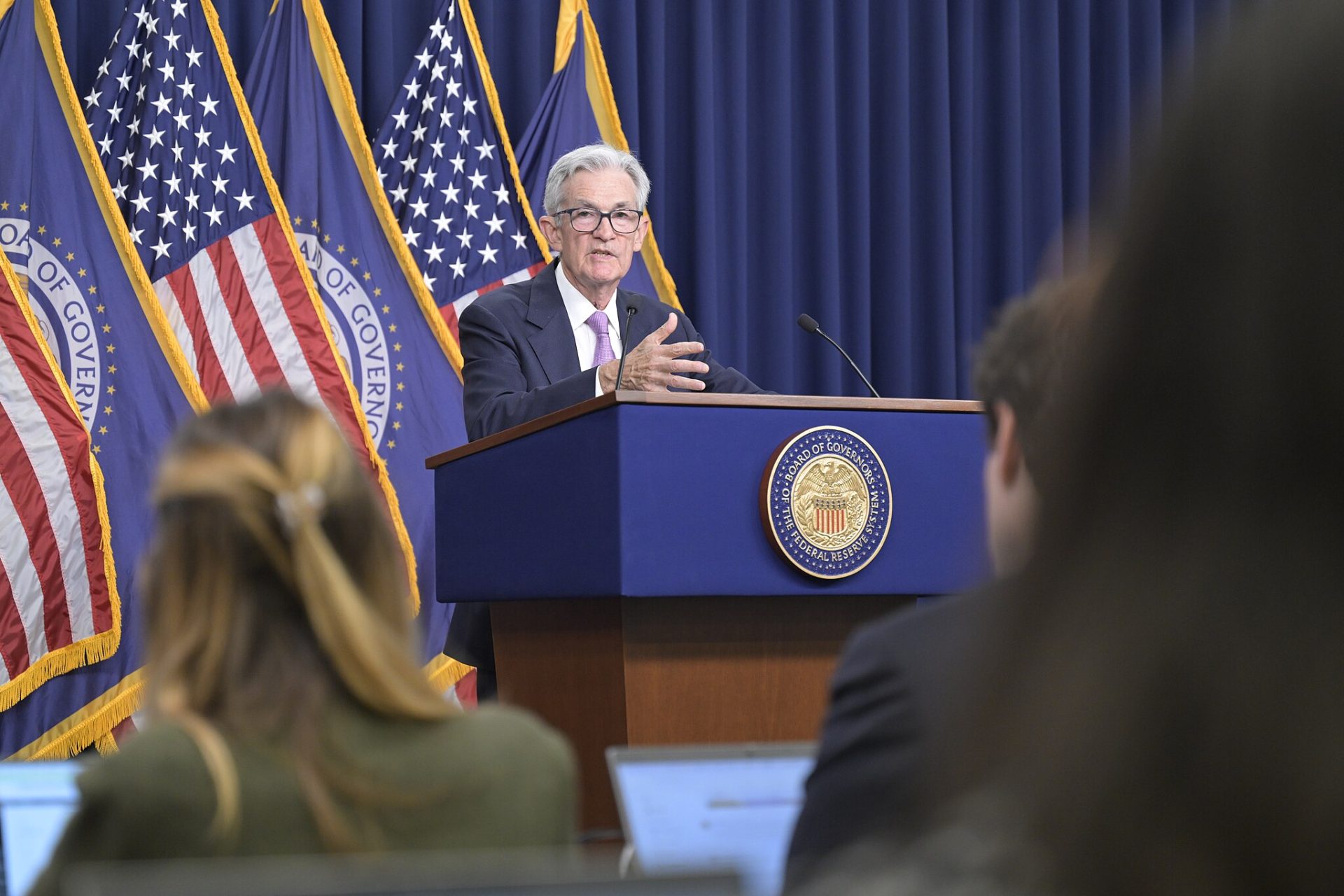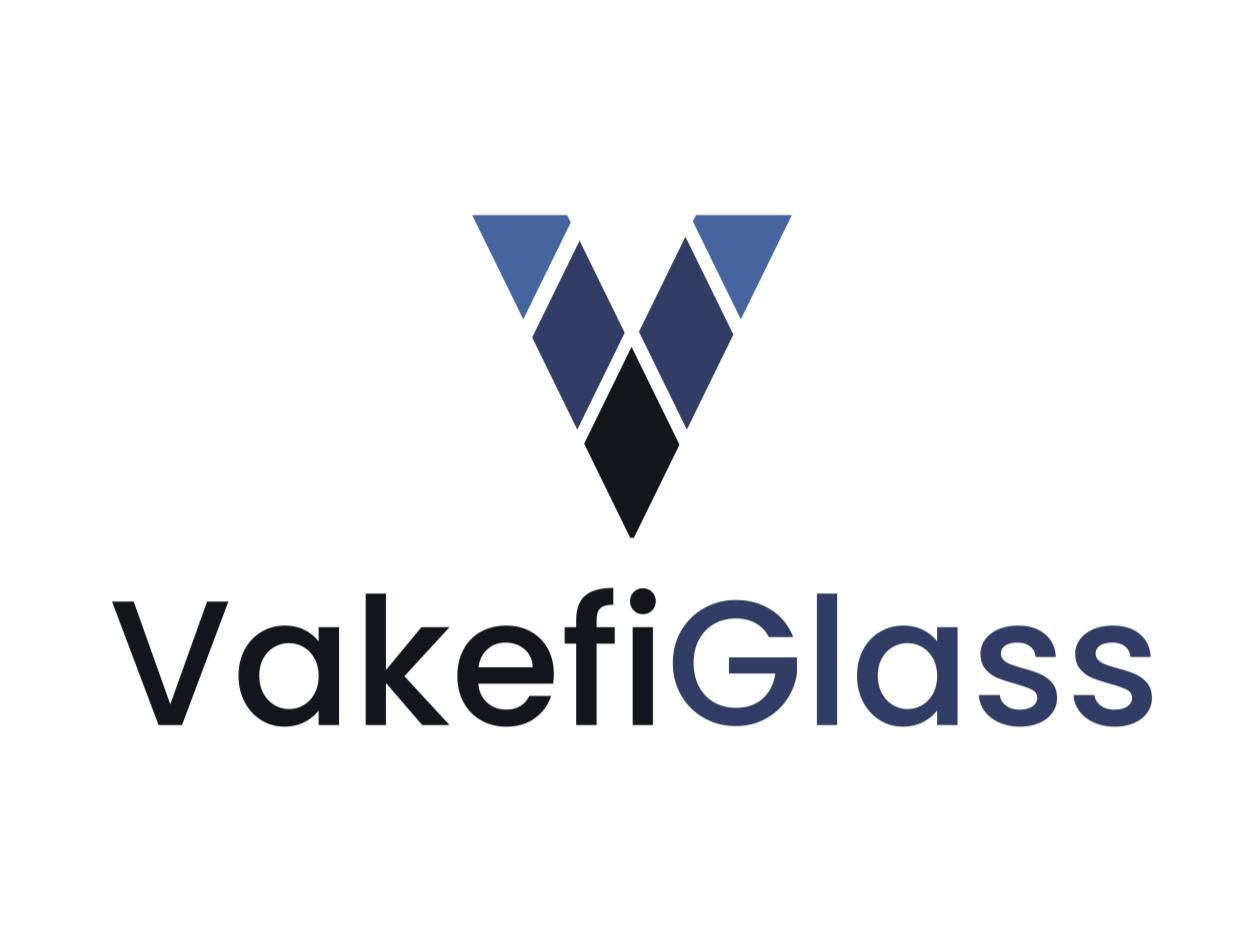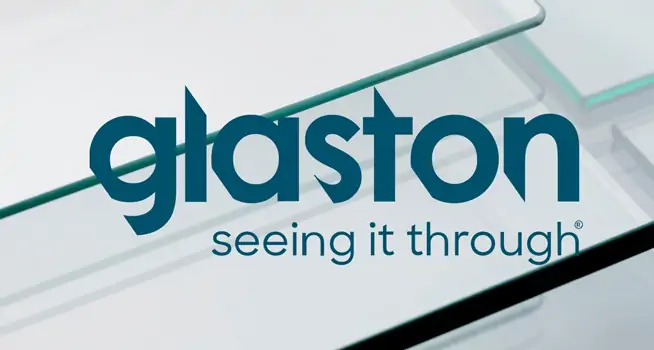February’s Architecture Billings Index (ABI), released by the American Institute of Architects (AIA), paints a continuing picture of contraction within the architectural sector.
The index registered a score of 45.5, mirroring January’s 45.6, and marking another month below the crucial 50-point threshold, indicating declining business conditions for architecture firms.
Compounding concerns is a drop in inquiries for new projects, a potentially more alarming indicator. This represents the first decline in project inquiries since the height of the pandemic in 2020, a period notorious for economic disruption. Typically, new project inquiries serve as a reliable barometer of future opportunities, even during periods of economic slowdown. This recent downturn suggests a deeper reluctance among potential clients to initiate new ventures.
AIA Chief Economist Kermit Baker highlighted the disconnect between the architectural sector and the broader economy in February. While factors like a moderate Consumer Price Index increase, easing long-term interest rates, and robust job growth offered a generally positive economic backdrop, the architectural industry continued to struggle. Baker pointed to potential contributing factors, including uncertainty surrounding newly announced tariffs, which could trigger increases in building material prices, and immigration policies that may further exacerbate the already strained construction labor market.
The persistent decline in newly signed design contracts, now stretching to twelve consecutive months, underscores client hesitancy to commit to projects amidst ongoing economic uncertainty. Regionally, billings remained weak across the board, with the Northeast exhibiting the lowest score (41.3), followed by the Midwest (45.2), South (47.6), and West (48.1). Across sector specializations, business conditions also proved challenging, with mixed practice firms experiencing the most significant decline (42.1). The sector index breakdown showed weakness across commercial/industrial (46.9), institutional (46.4), and multifamily residential (46.1) as well.
The key takeaways from the February ABI are the continuing trend of declining billings, the concerning drop in project inquiries, and the prolonged slump in design contracts. While the broader economy shows signs of resilience, the architectural industry faces significant headwinds. These trends warrant careful monitoring and proactive strategies for architecture firms to navigate the current climate and position themselves for future growth. Architects should focus on building strong client relationships, exploring innovative design solutions that mitigate potential cost increases, and actively engaging in industry advocacy to address the challenges facing the sector.
Source: USGlass with additional information added by GlassBalkan







